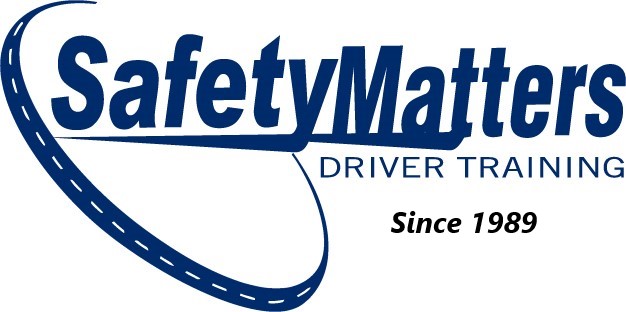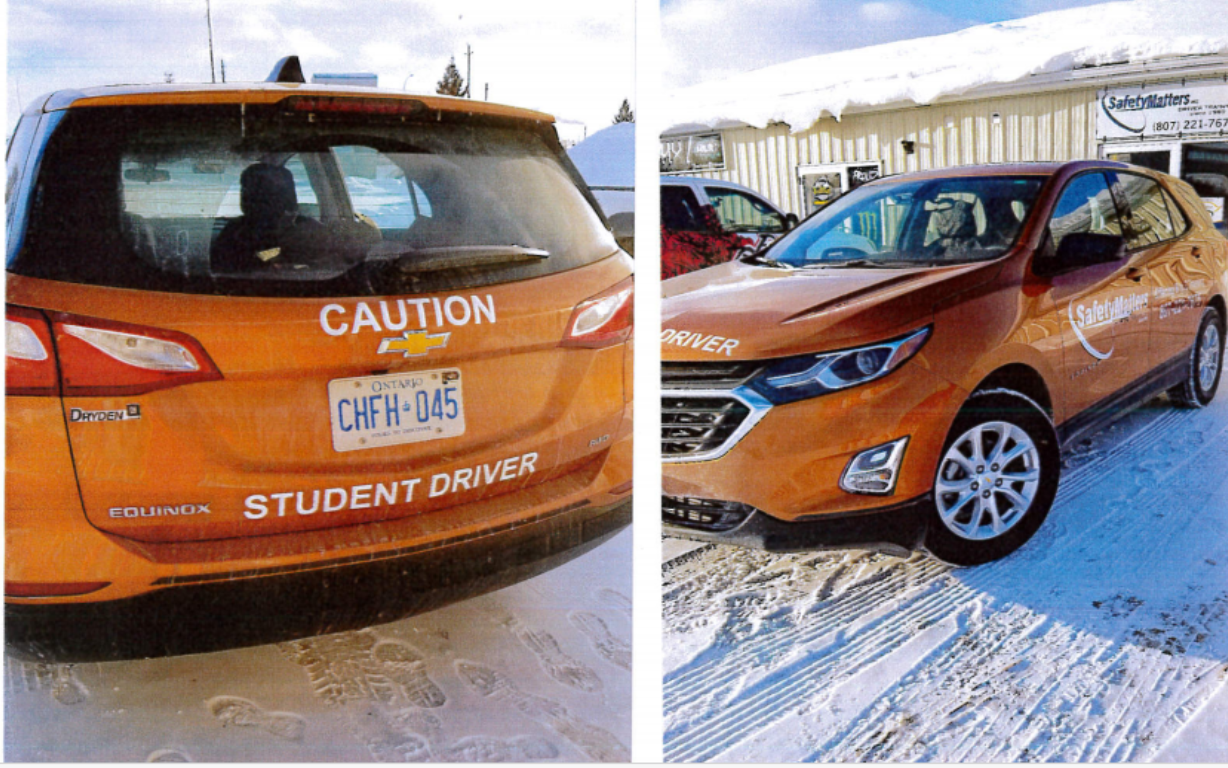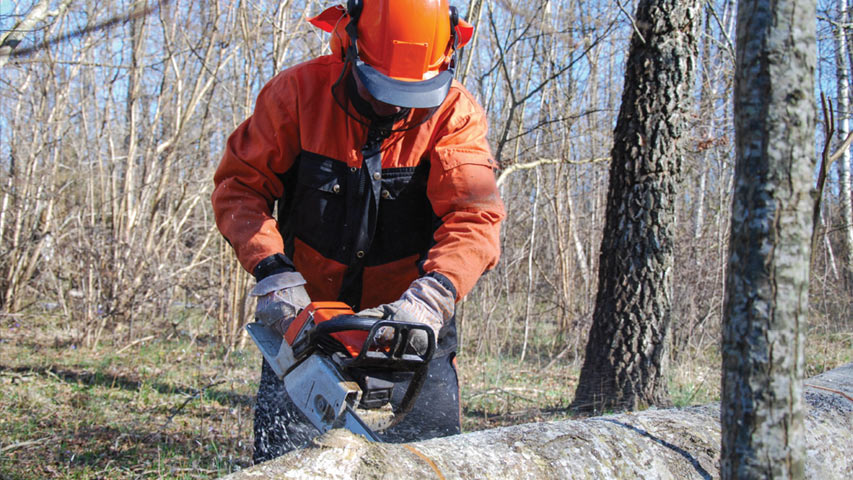SAFETY MATTERS DRIVER TRAINING IS AN APPROVED MTO PROVIDER FOR THE BEGINNER DRIVER EDUCATION COURSE.
CLASS G1, G2, TRAINING

To apply for a driver’s licence in Ontario, you need to: be at least 16 years old pass an eye test pass a written test about the rules of the road and traffic signs Once you pass these tests, you get a G1 licence. You are considered a beginner driver and need to practice driving and gain experience over time.
Once you pass your eye and written tests, you get a G1 licence. Before you can get a full G licence, you have to: finish two learning levels: G1 and G2. pass two road tests This process is called “graduated licensing.” It is designed to give new drivers time to practice and gain driving experience over time. You have up to five years to finish the whole process. After five years, if you do not get your full G licence, you will need to start over.
G1 LICENCE By law, when you have a G1 licence, you must: maintain a zero blood alcohol level (no alcohol in your blood) make sure every passenger with you wears a properly working seatbelt not drive between midnight and 5 a.m. not drive on 400-series highways or high-speed expressways (e.g., 401, Queen Elizabeth Way (QEW), Gardiner Expressway) drive with a fully licensed driver who has: at least four years of driving experience a blood alcohol level of less than .05 (if this person is 21 and under, their blood alcohol level should be zero) The driver accompanying you must be the only other person in the front seat. If you are driving with a driver instructor certified in Ontario, you can drive on any road. In most cases, you practice with your G1 licence for 12 months. G1 ROAD TEST The G1 road test is the first of two you need to take as a new driver. you can take your first road test after 12 months with a G1 licence this exam tests basic driving skills (e.g., turning left and right, stopping, parking) once you pass, you get your G2 licence If you finish an government-approved driver education course, you can take your first road test after just eight months.
G2 LICENCE After passing your G1 road test, you get a G2 licence. You practice with your G2 licence for 12 months. You can now drive: without another experienced driver in the car on all Ontario roads at any time of the day, in most cases You must still: have a zero blood alcohol level carry only as many passengers as there are working seatbelts If you are 19 and under, some other restrictions still apply. G2 DRIVERS: 19 AND UNDER Between midnight and 5 a.m.: you can only drive with one passenger who is 19 or under in your car. This condition applies for the first six months of G2. After six months, you can drive with up to three passengers 19 or under between midnight and 5 a.m. This condition does not apply, if: you have a fully licensed driver in the car (with four years plus experience driving) your passengers are immediate family members (e.g., a parent, brother or sister) G2 ROAD TEST This is the second of two road tests you take as a new driver. you can take the test after 12 months with a G2 licence the test covers more advanced driving skills (e.g., driving on a highway, parallel parking) once you pass, you get a full G licence
CLASS"B" SCHOOL BUS DRIVER Training
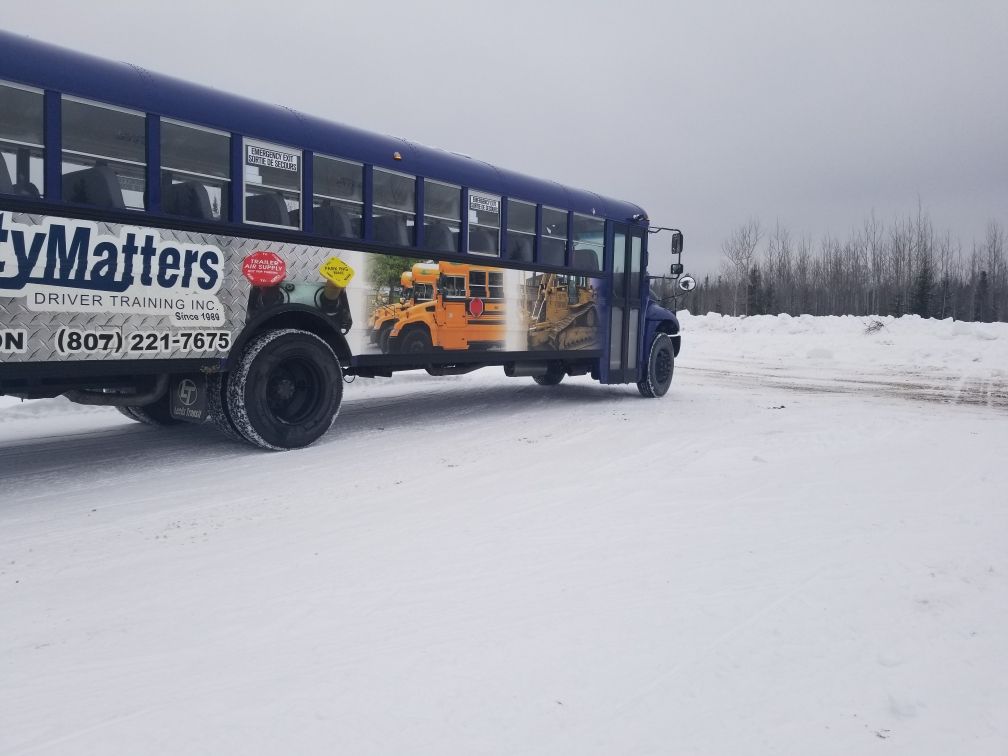
Course Description
This two week program is designed for drivers wanting to complete their application for the school bus driver’s licence. Driver’s will be reminded of what is involved in Driving Defensively when transporting passengers. This program gives the drivers awareness of proper driving techniques when operating a passenger vehicle, avoiding dangerous situation before they occur. Upon successful completion of a Ministry of Transportation written and road test, a class "B OR E" driver's licence will be issued by the Drivetest Centre. Students will be registered to take the mandatory MTO approved SBDIC program.
Class “ C Z ” Driver Training

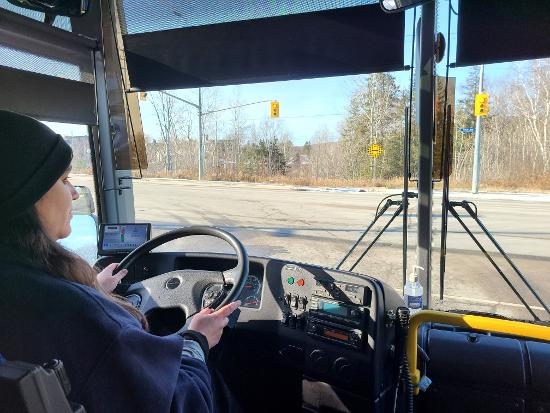
Course Description
This two week program is designed for drivers wanting to complete their application for the passenger bus driver’s licence. Driver’s will be reminded of what is involved in Driving Defensively when transporting passengers. This program gives the drivers awareness of proper driving techniques when operating a passenger vehicle, avoiding dangerous situation before they occur. Upon successful completion of a Ministry of Transportation written and road test, a class "CZ" driver's licence will be issued.
Defensive Driving Workshop for all class of Driver licences &
In-Vehicle DriverEvaluation

Course Description: This one day defensive driving program is based on the role of driver attitude in determining and affecting driving behavior. The focus of this course is to allow the participants to discover their driving attitude and the effect it has on the way they handle themselves while driving, thereby, allowing them to make the necessary positive changes to their driving habits.
MTO Approved AIR BRAKE Endorsement ("Z" licence)

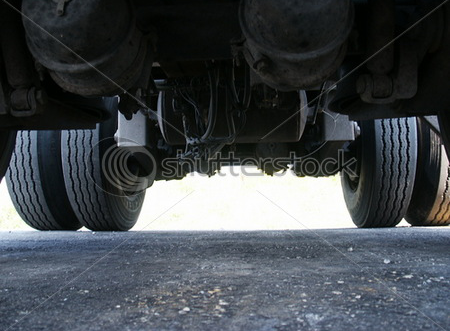
COURSE OBJECTIVE :
This 12 hours (2day) course is designed to give the student the basic information of air brake logistics within the Province of Ontario.
Upon successful completion of the "Basic Air Brake Program" the student will:
Be able to identify and understand the dangers and functions air brake component
Be able to understand the important of a properly maintained air system
Be able to complete a thorough walk around/circle check as per HTA schedule 1-2-3-4-5-6
Complete the required written and practical test for his/her provincial air brake endorsement trough Safety Matters Driver Training
CLASS "A" RESTRICTED LICENCE (AR)
Lack of knowledge on weight restriction leads to this...  actual photo taken Sept/2020
actual photo taken Sept/2020
 This program is designed to meet licensing requirements for individuals wishing to drive pickup truck type configurations that tow non air brake equipped trailers with a towed vehicle weight that exceeds 4600kgs. Landscapers, roofers, construction companies, and boat hauling organizations that have trailers producing more than 4600kgs on the trailer axles are required by Ontario law to hold a valid AR drivers licence. This program is also valuable for individuals and companies that do not require the AR licence but seek a confidence and knowledge building program to assist their employees in the safe and efficient operation of a pickup truck and trailer.
This program is designed to meet licensing requirements for individuals wishing to drive pickup truck type configurations that tow non air brake equipped trailers with a towed vehicle weight that exceeds 4600kgs. Landscapers, roofers, construction companies, and boat hauling organizations that have trailers producing more than 4600kgs on the trailer axles are required by Ontario law to hold a valid AR drivers licence. This program is also valuable for individuals and companies that do not require the AR licence but seek a confidence and knowledge building program to assist their employees in the safe and efficient operation of a pickup truck and trailer.
TOPICS COVERED:
- Pickup & Trailer pre-trip inspection
- Safe Trailer hookup and unhook procedures
- Pickup interior cab checks
- Defensive driving practices
- Trailer cornering practices
- Safe backing protocols
- MTO Road test preparation
*This program does not require approval under the Private Career Colleges Act, 2005.
(C.V.O.R. Compliance) commercial vehicle operator registration
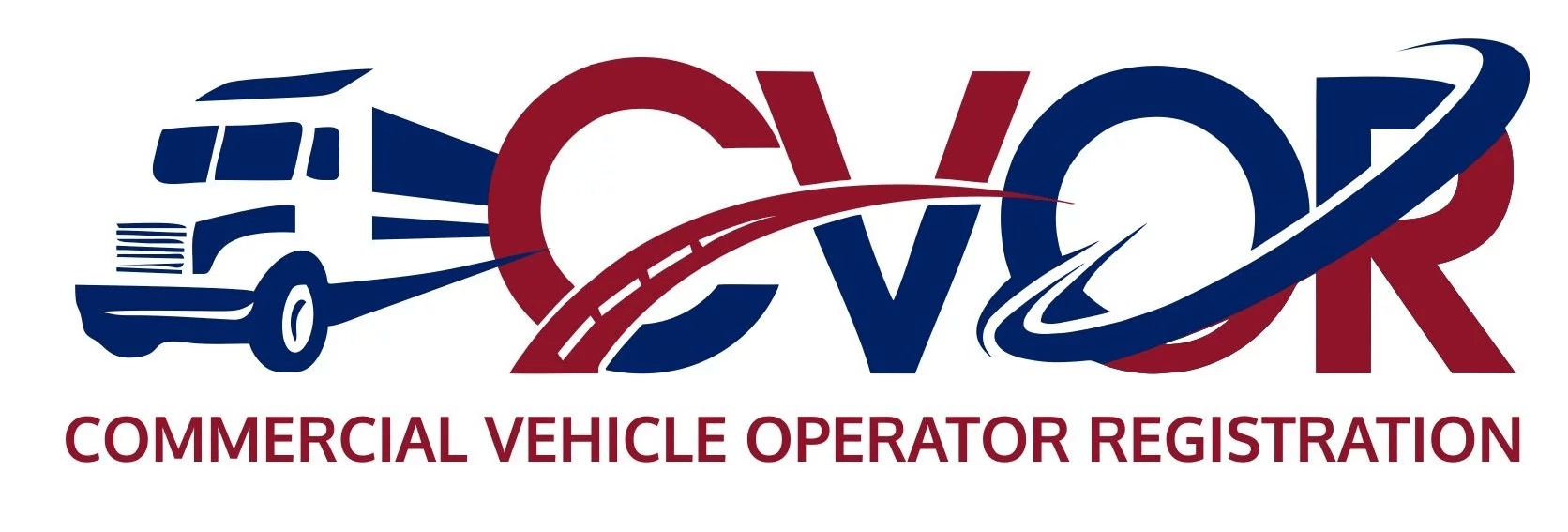
Course Description :
A record of safe operation of commercial vehicles by an operator can result in lower operating costs (i.e. lower insurance premiums and fines) and improved marketability (i.e.: association with a safety-conscious carrier). Additionally, an unacceptable safety rating can result in the reduction or removal of operating privileges.
Building on the experience gained , this workshop provides a more detailed review of regulatory compliance issues related to maintaining an acceptable carrier safety rating. Participants are introduced to general operational policy and process principles as well as specific standards and regulations associated with establishing a safety rating.
Professional Driver Improvement Course (PDIC) 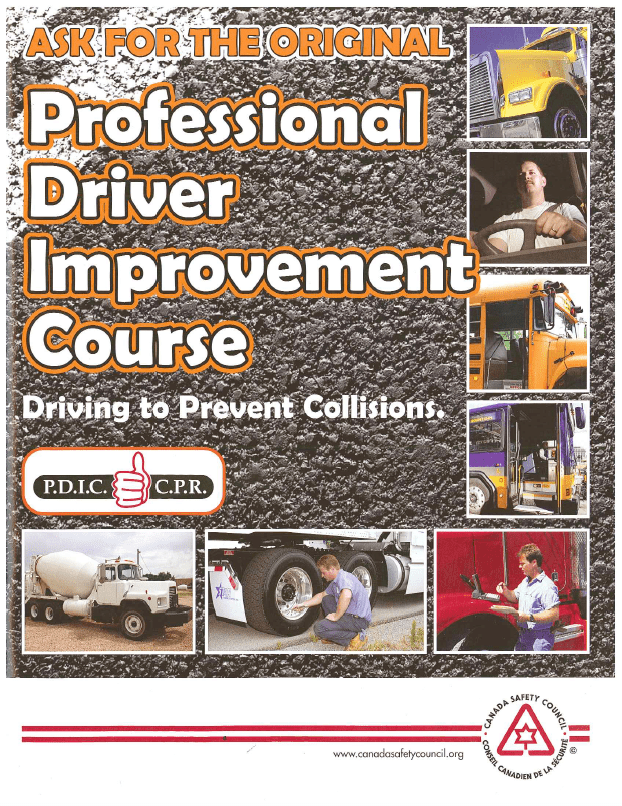
Description: PDIC helps professional drivers improve their defensive driving techniques. This one daycourse consists of six one-hour sessions in a classroom setting. The Driver's Notebook contains case studies, driving tips and other useful information, in addition to the course. The course content covers defensive; driving techniques, passing, collision prevention, driving conditions, turns, backing driver awareness and impairments, and vehicle inspections.
As an employer, you already have a large investment in your drivers, and this course will help them to:
- reduce collisions
- reduce vehicle abuse
- reduce injuries, and
- reduce operating costs.
PDIC will teach your drivers defensive driving techniques that will help them:
- prevent collisions,
- save lives,
- deliver cargo safely and on time,
- reduce costs, and
- maintain good driving habits,
Company Benefits:
- Reduces Operating Costs
- Reduces Collisions
- Reduces Sick Leave, Insurance and Other Benefit Payments Related tp Traffic Collisions.
- Reduces vehicle abuse and maintance costs
- Increases customer satisfaction with on-time deliveries and undamaged product
- Increases morale
Highlights:
- Defensive Driving Techniques
- Vehicle Inspections
- Collision prevention
- Turns
- Road markings
- Passing
- Driver awareness & impairment
- Backing
- Tires
MTCU SURFACE MINING PROGRAM #770210 : HEAVY EQUIPMENT OPERATOR PROGRAM
- Learn the fundamentals of the Heavy Equipment
- Safety, operating techniques, various characteristics of each piece of equipment, maintenance checks and pre-inspection reports
- To be job ready on a construction site, you will be taught Surface Miner Common Core Modules U5030, U5031 and U5032; WHMIS 2015 and Construction Safety Act review
- Introduction to surveying tools and basic understanding and identification of stakes
- The program schedule will include hands-on instructor demonstrations and practice to learn commonly used construction techniques (building a berm, digging a trench, sloping, V ditching, ect...)
- All equipment techniques are demonstrated by the instructor followed by the students receiving practice sessions
- The instructor observes, coaches, offers feedback and performs evaluations on your progress
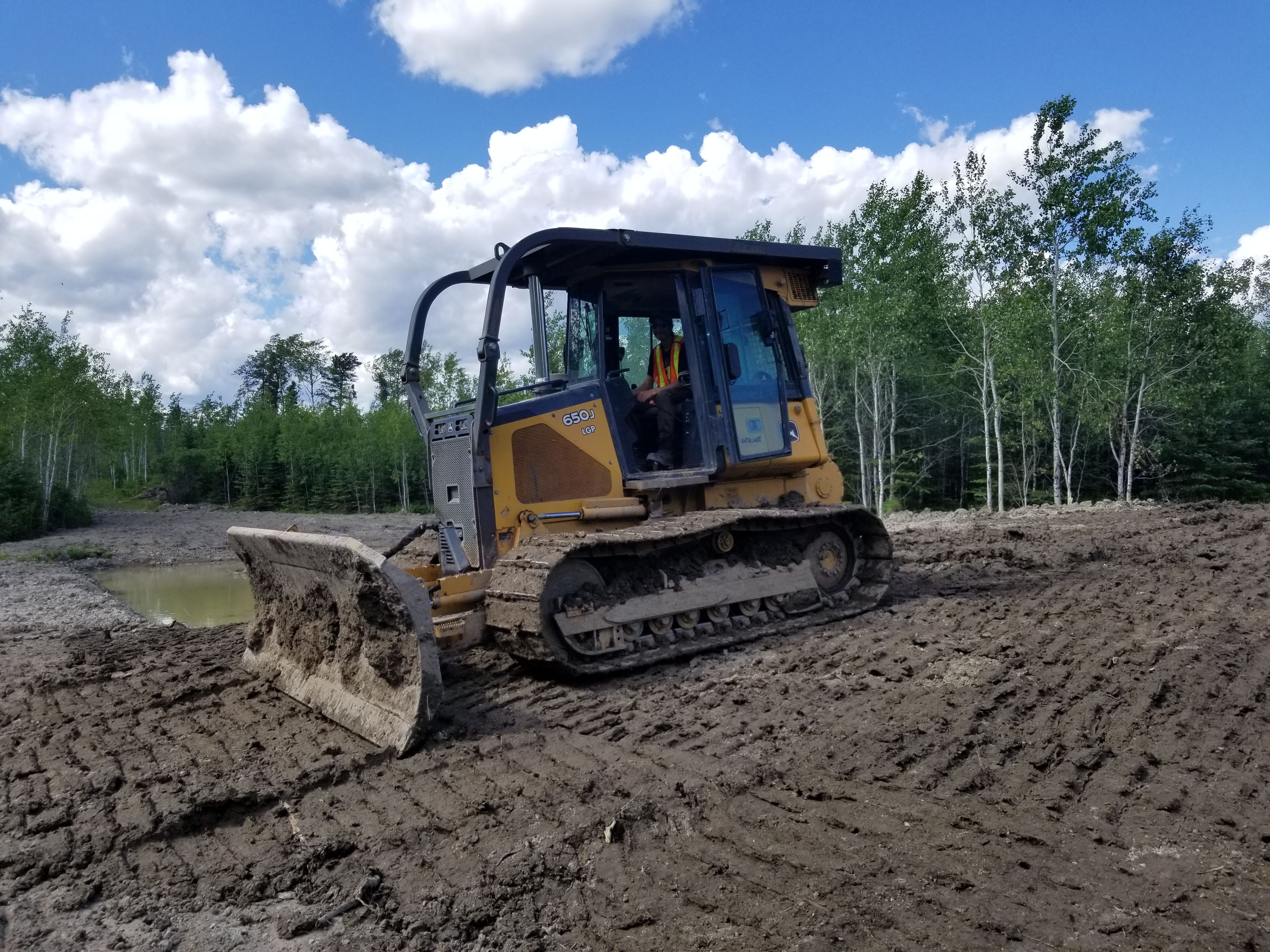
Dozer is responsible to clear and prepare most job sites. Many materials are moved by the dozer: dirt, rock, brush, trees, etc... The dozer levels surfaces, builds berms, slopes and backfills, also working on roads, buildings, sewers and watermain projects.
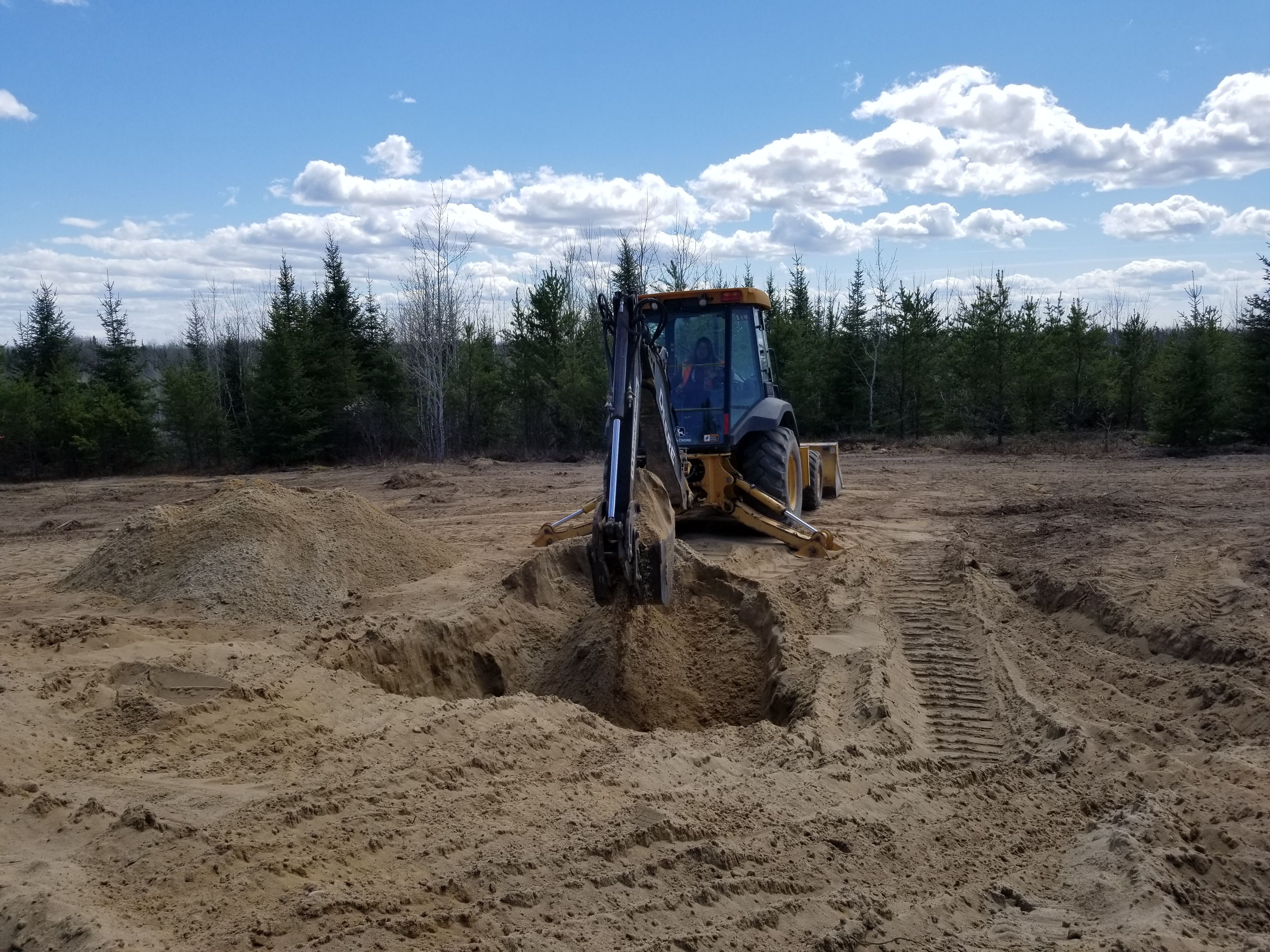
Backhoe is capable of two functions. The front end has a loader function and the bucket is attached to the rear. The backhoe can load, move, grade and level material. It is capable of lifting, trenching and excavating.
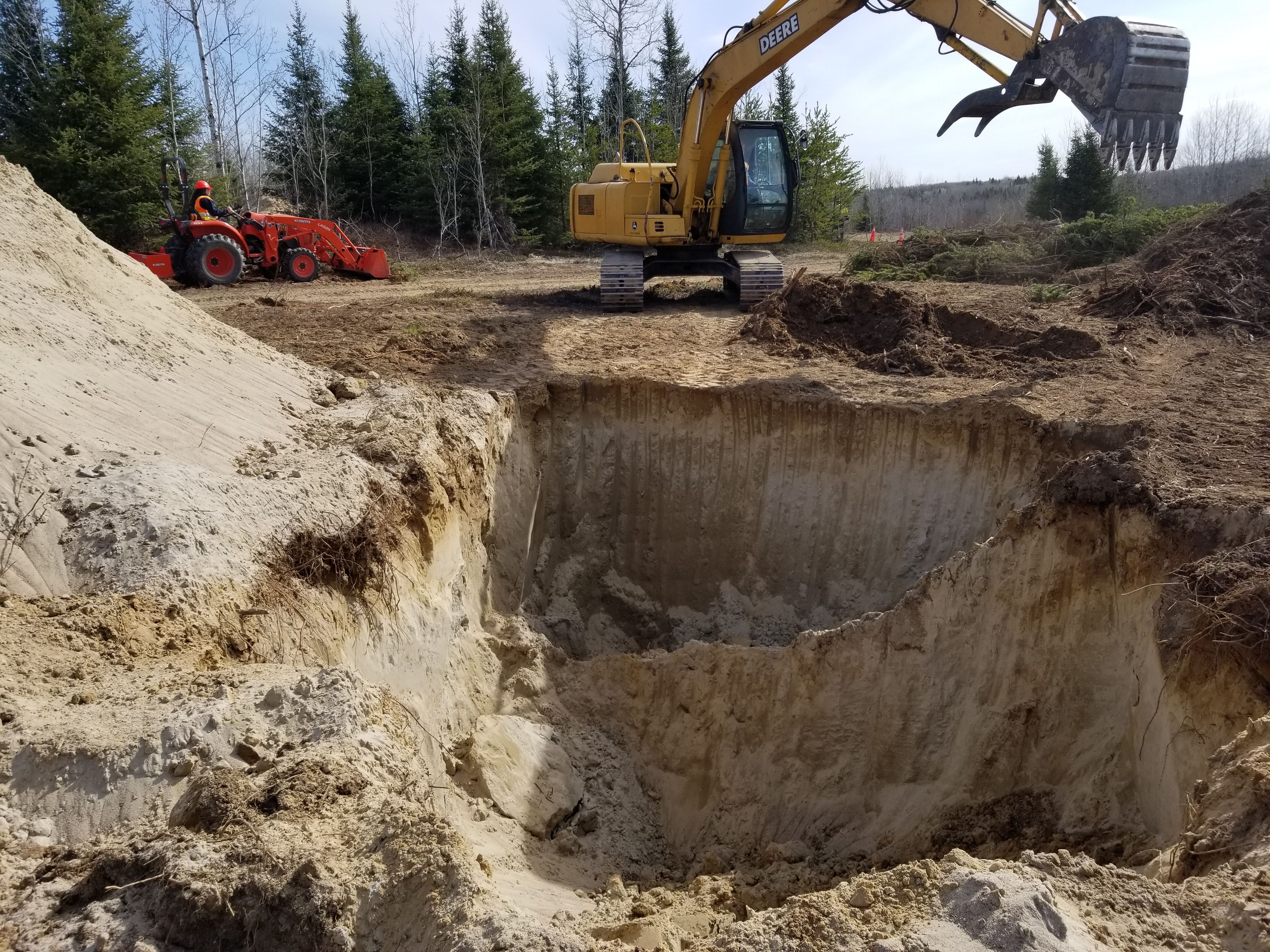
Excavator is a track operated unit that is used to excavate large volumes of material, lift and load, turn and dig. The excavator can stockpile, load trucks and dig foundations and ponds. Our instructors teach you about the equipment, how to maintain as well as a variety of industry specific techniques. You will be provided with close instruction on each piece of equipment. You will be taught the basics on how to build a berm, dig trenches, load trucks, build roads, slopes, V ditches and many more techniques.
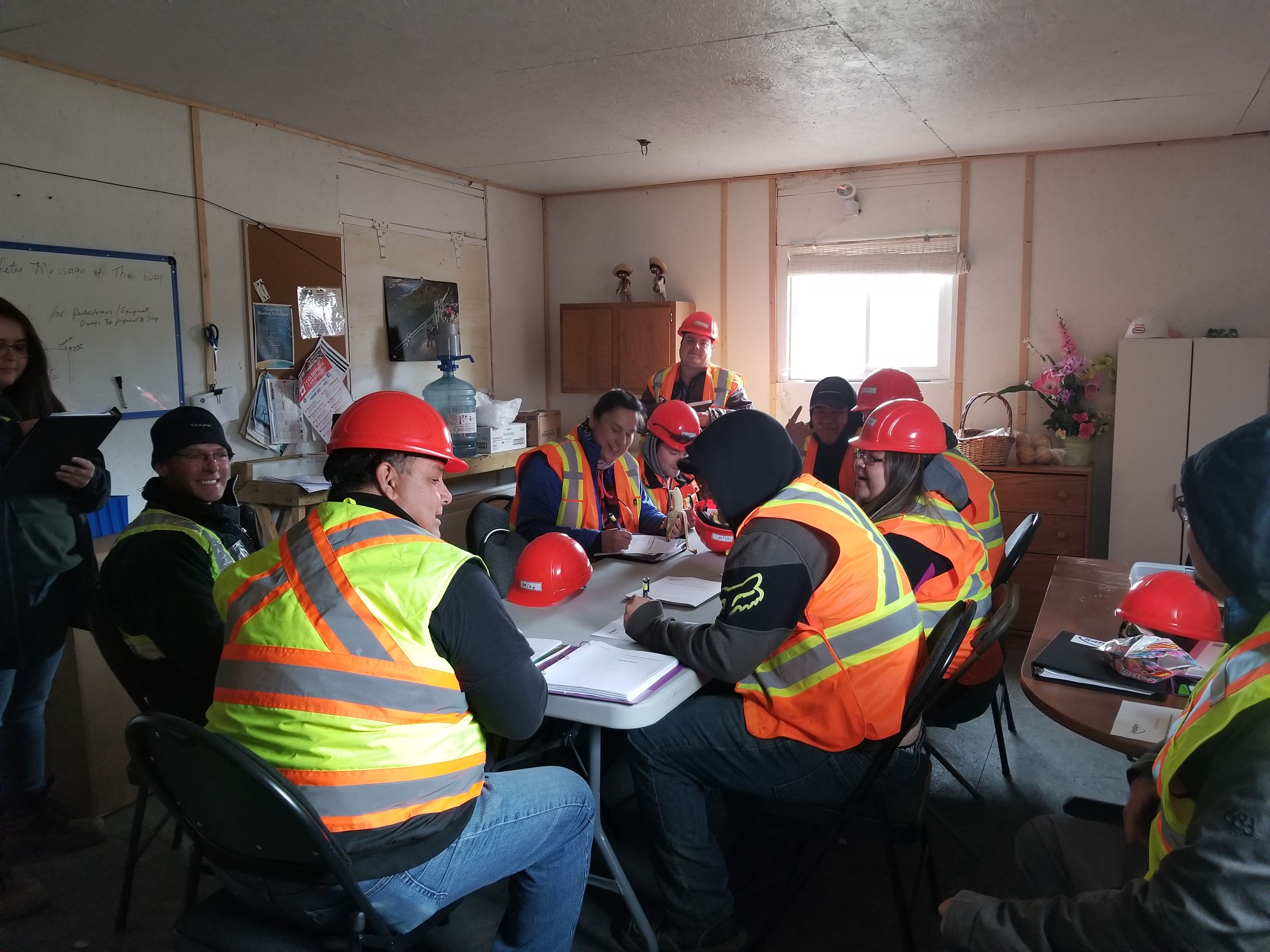
Safety Talks is scheduled in the morning and end of the day to discuss and review any item that needs to be discussed to keep the safety in mind for our students and instructors.
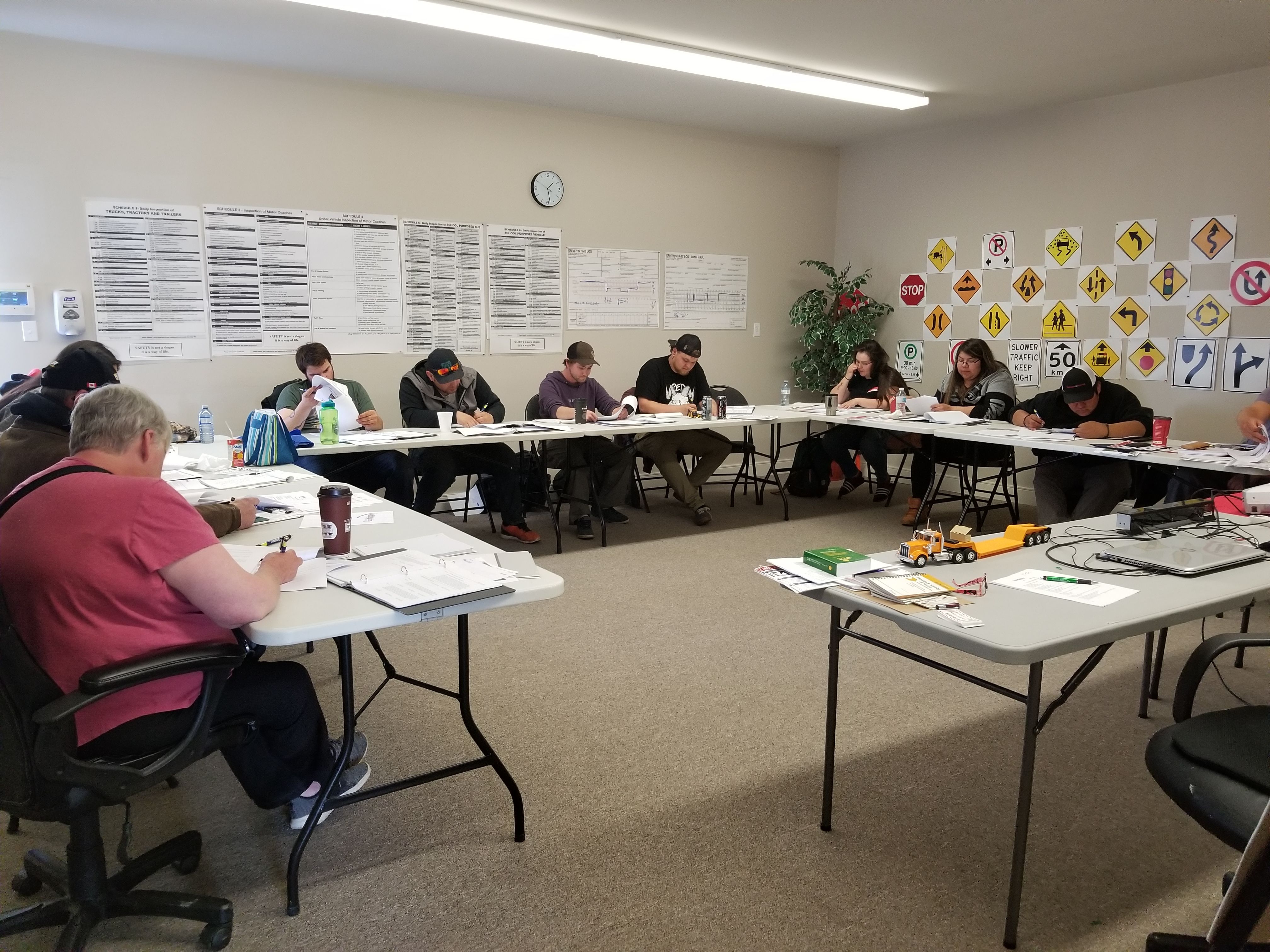
Our Classroom is set to discuss many types of safety topics including: WHMIS, TDG, FIRST AID and AIR BRAKE ENDORSMENT to name a few.
Other Equipment Training includes: Skid Steer, Loader and Fork Lift.
We design each program for specific needs!
WHMIS Training 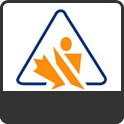
WHMIS (Workplace Hazardous Materials Information System) incorporates aspects of the Globally Harmonized System of Classification and Labelling of Chemicals, also referred to as GHS, which was developed by the United Nations, in cooperation with all member states, as an international system of hazard communication. On February 11, 2015, the Hazardous Products Regulations (HPR), in addition to amendments made to the Hazardous Products Act (HPA), updated WHMIS to incorporate the GHS for workplace chemicals.
- 7 modules
- valid for 1 year
